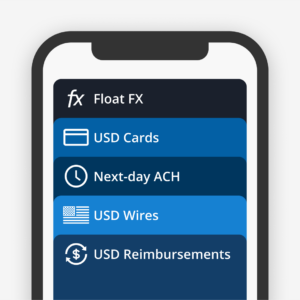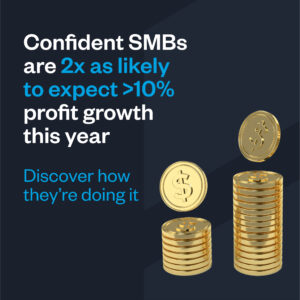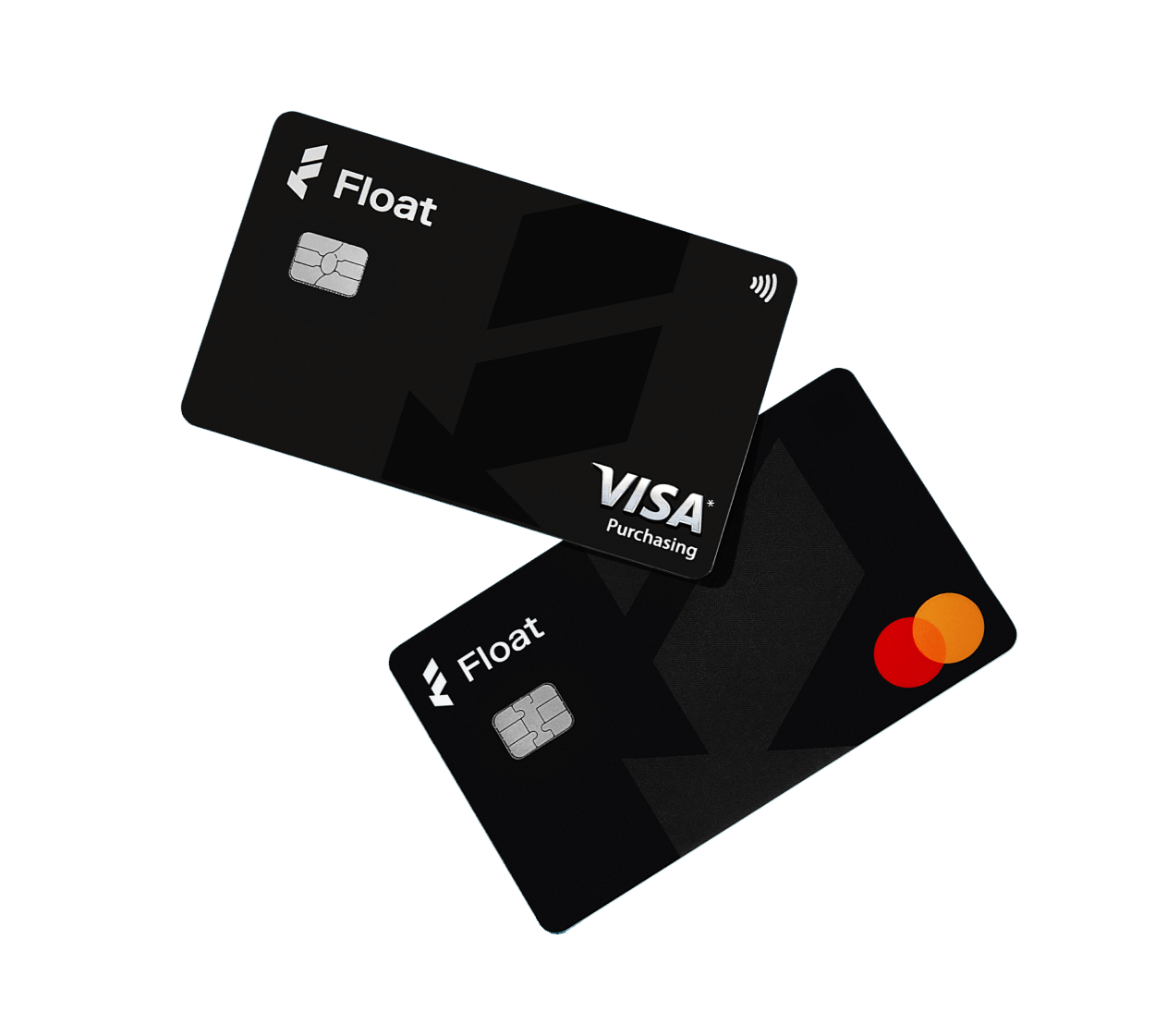Product Education
New! Transaction splits
Easily split card transactions and allocate different amounts to different accounts directly in Float ✂️
March 9, 2023

November 2023 Update: Managers and Spenders can now split transactions!
May 2023 Update: You can now split tax codes and amount directly in Float.
Over the past few months we have been getting great feedback from our customers on how to make closing the books even faster for their teams.
That’s why we’re excited to launch our new Transaction splits feature, which allows admins to split a transaction into multiple GL codes, tags, tax codes, departments, or cost centres. With Transaction splits, each individual line item is properly allocated to the right accounting code, eliminating the need for manual data entry in your accounting software.
How it works
Select a transaction in Float that needs to be split into individual line items. Click “split transaction” and enter the amounts from the receipt that you would like to enter as their own line items, and assign the appropriate GL code, tax code, description, or tag.
Once you click save, your transaction will automatically split into multiple line items, ready for you to export to your accounting software as separate journal entries. You can always edit the transaction you split in case you need to make changes later.
When to use it
💻 Software invoices by department or cost centre
Some teams share software subscriptions, and it’s only fair to split the cost accordingly amongst departmental budgets. For example, project management tools like Asana can be used by marketing and product teams, and with Transaction splits, you can divide up the cost by each department.
🛠️ Retail receipts by project number or client
For customers making purchases for multiple clients or projects, transactions can be split by tags to reflect client or project numbers. For example, a receipt from Home Depot can be split out with material costs going to different project tags.
💡 Equipment purchase by hardware and shipping
Customers with research and development costs or equipment purchases may want to split transactions by hardware, shipping, and duties. For example, a hardware purchase for an R&D team may be split out GL codes for hardware and shipping or duties.
—
Float’s new Transaction splits feature is a game-changer for businesses looking to streamline their spend management and accounting processes. With its ability to split transactions into multiple line items, assign accounting codes, and provide valuable insights into spending patterns, finance admins can say goodbye to the days of tedious manual data entry and complicated expense tracking.
Available to all Float customers, log in today to start using Transaction splits, or book a demo with our team to learn more!
Written by
All the resources
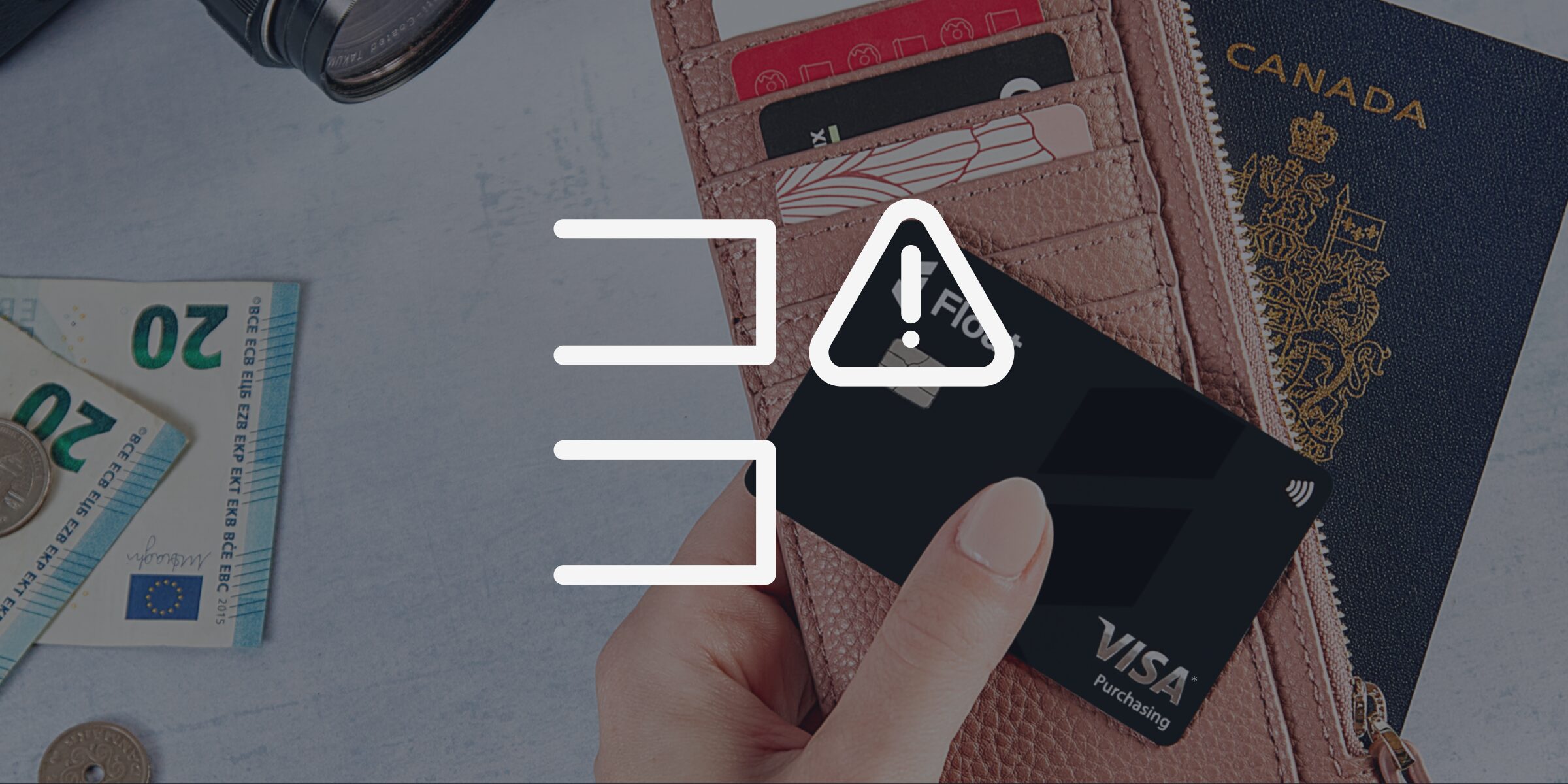
Corporate Cards
How to Set Business Card Spending Limits: A Finance Leader’s Guide
Learn how to establish effective spending limits for business credit cards. Gain insights and tools for better financial management.
Read More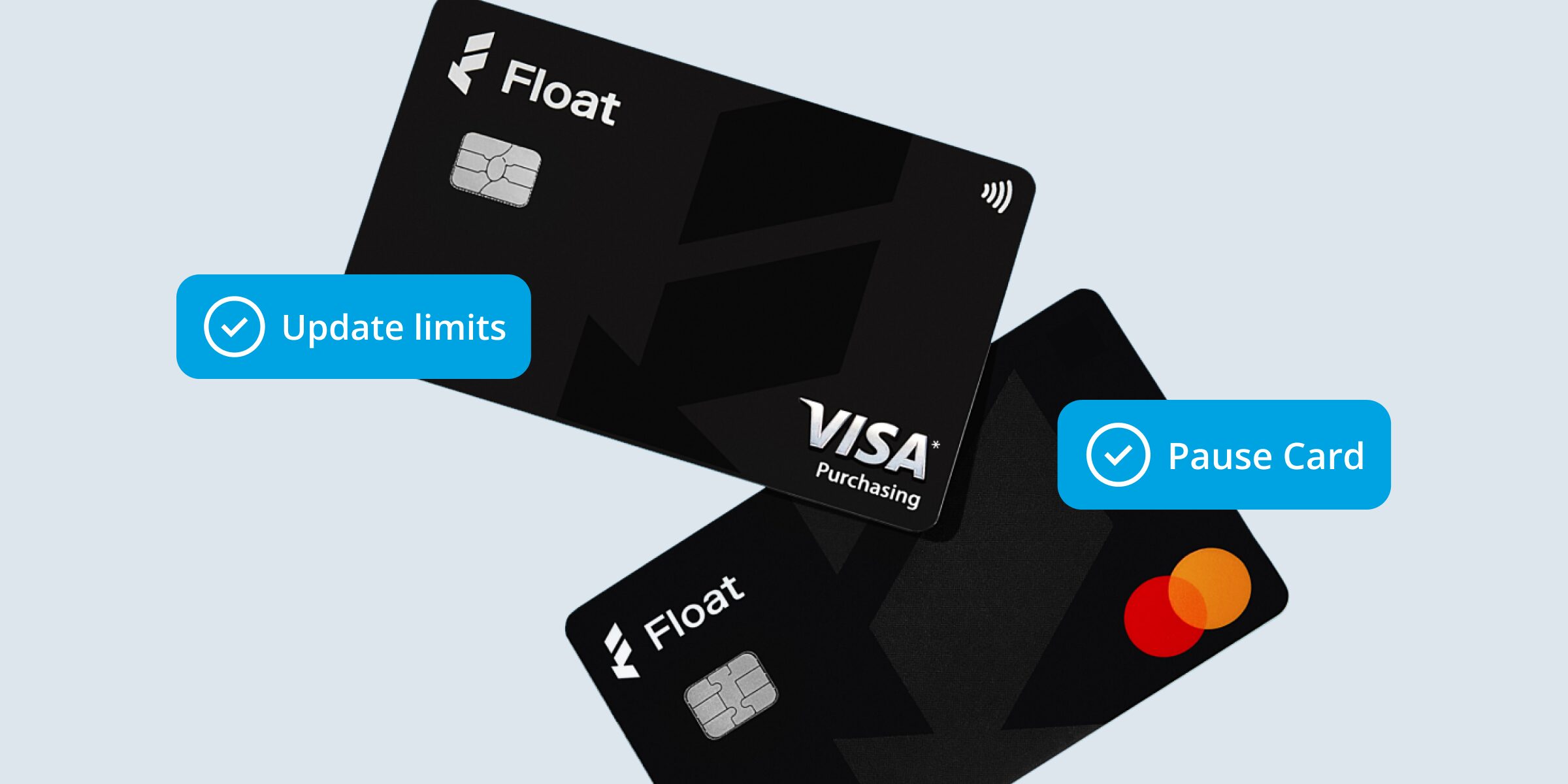
Corporate Cards
How to Control Employee Spending: 5 Tips for Finance Teams
Employee spending out of control? These five tips for finance teams will help you control employee spending with ease, without
Read More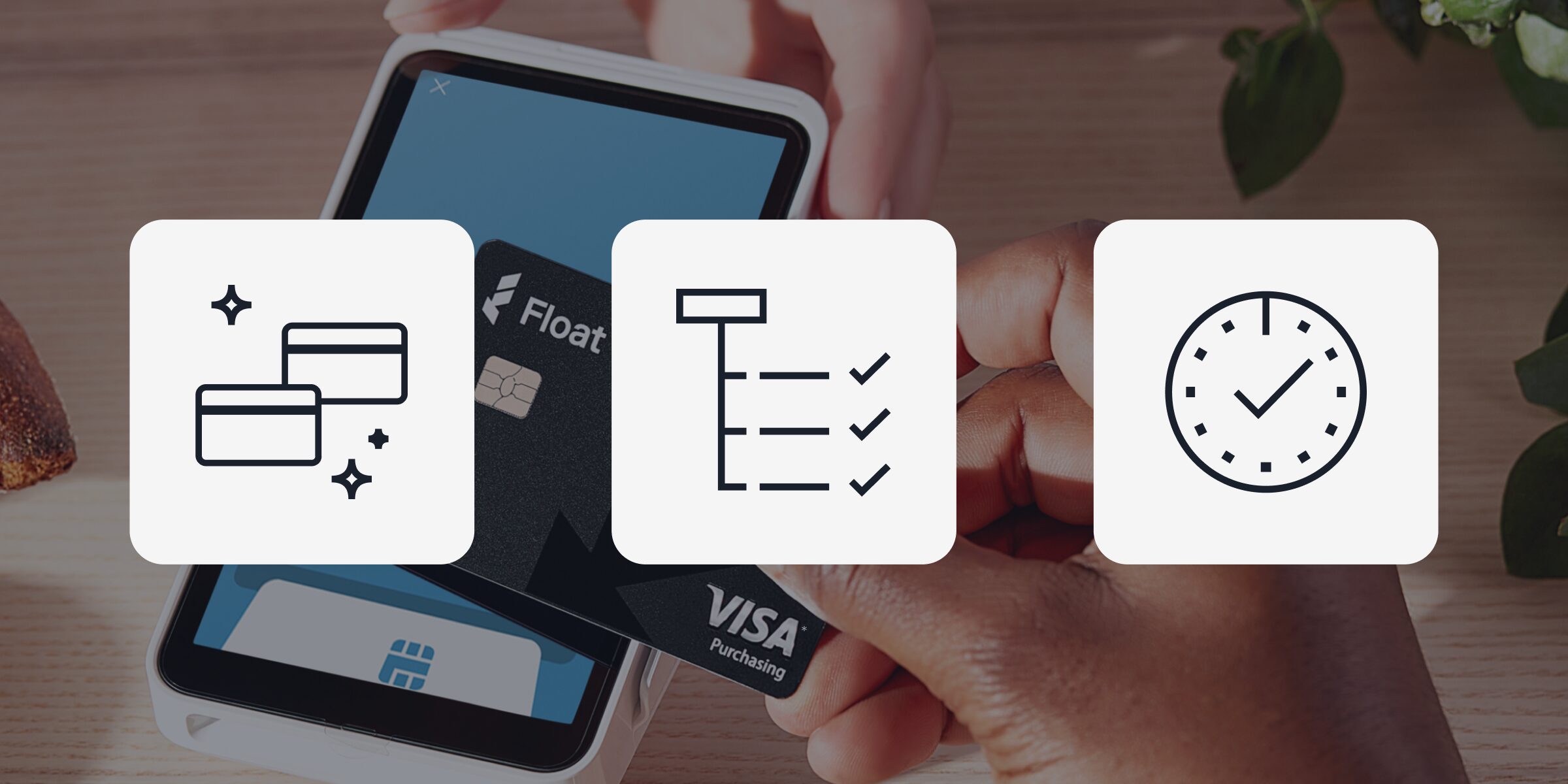
Corporate Cards
Corporate Card Alternatives: Comparing Your Options in 2025
Are your outdated cards slowing you down financially? Corporate card alternatives might be what will free you up — time-wise
Read More

